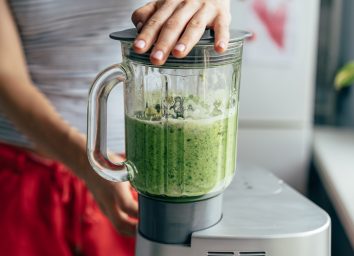11 Most Fattening Smoothie Ingredients, According to Experts
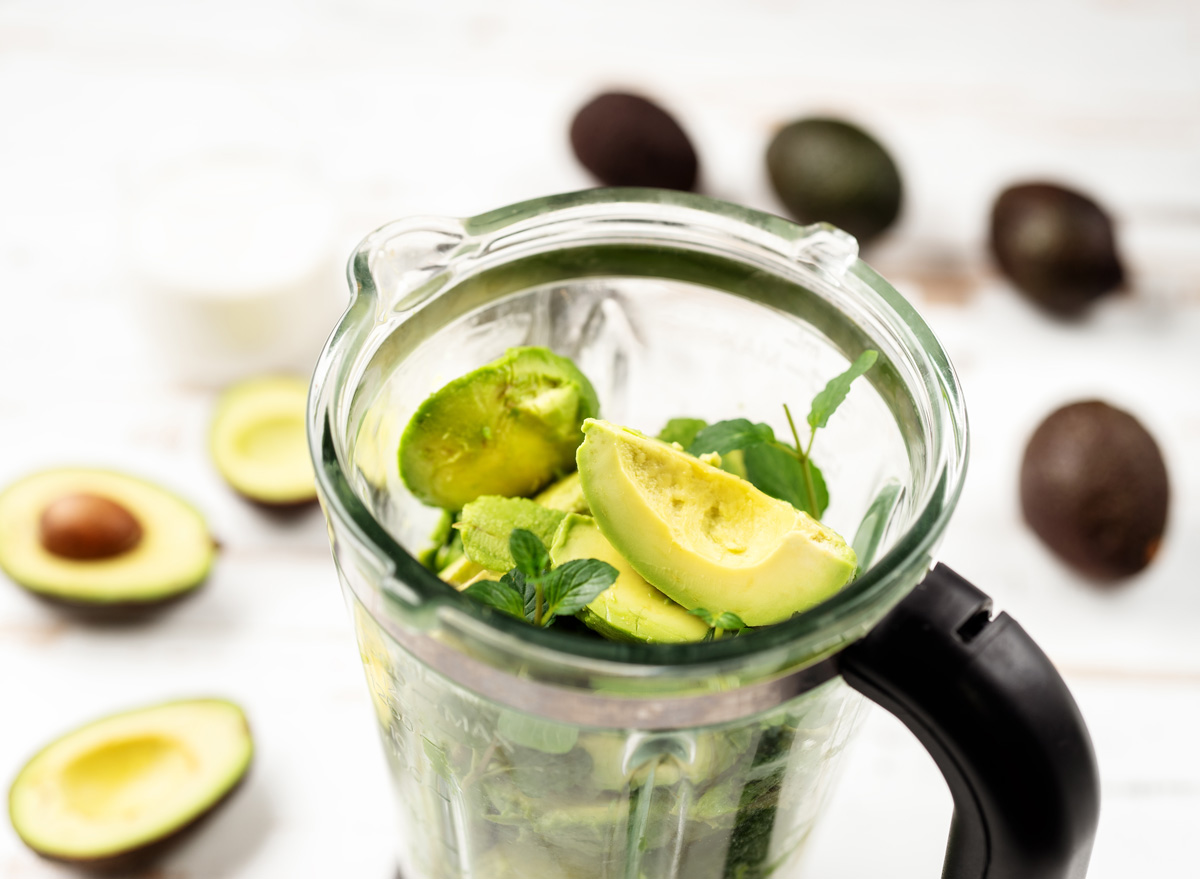
If you're drinking smoothies as meal replacements or midday snacks and you're gaining rather than losing weight, check your ingredient portions. "You can stuff a lot in a blender and end up with a 1,000-calorie smoothie," says nutritionist Dana White, RD, author of newly released Healthy, Quick & Easy Juicing. "Even healthy ingredients can make a smoothie go terribly wrong."
Well-intentioned smoothie makers screw this up all the time and not being mindful of what you dump into the blender can make your weight loss goals harder to achieve. So, we asked some nutritionists to warn us about the all-time worst smoothie ingredients for our waistlines. Check it out, below. And for more healthy eating tips, check out our list of The 7 Healthiest Foods to Eat Right Now.
Fruit Juice

Even 100% fruit juice in a smoothie can sabotage an otherwise healthy smoothie.
"One mistake I see people making with smoothies is that they don't consider balancing them with healthy fat and protein," says Seattle-based nutritionist Ginger Hultin, RD, a spokesperson for the Academy of Nutrition and Dietetics and owner of ChampagneNutrition. "If you make a smoothie that's made from fruit and juice, it becomes high in carbohydrates but doesn't offer the satiating fat or protein that can help balance blood sugar and keep you feeling full and energized. Fruit isn't fattening per se, and it's a healthy thing to eat but if you have many servings in your smoothie, you may be better off spreading those out throughout the day and bringing more balance to your smoothie."
Instead, load up your smoothie with these 14 Best Smoothie Ingredients for a Flat Belly.
Peanut Butter
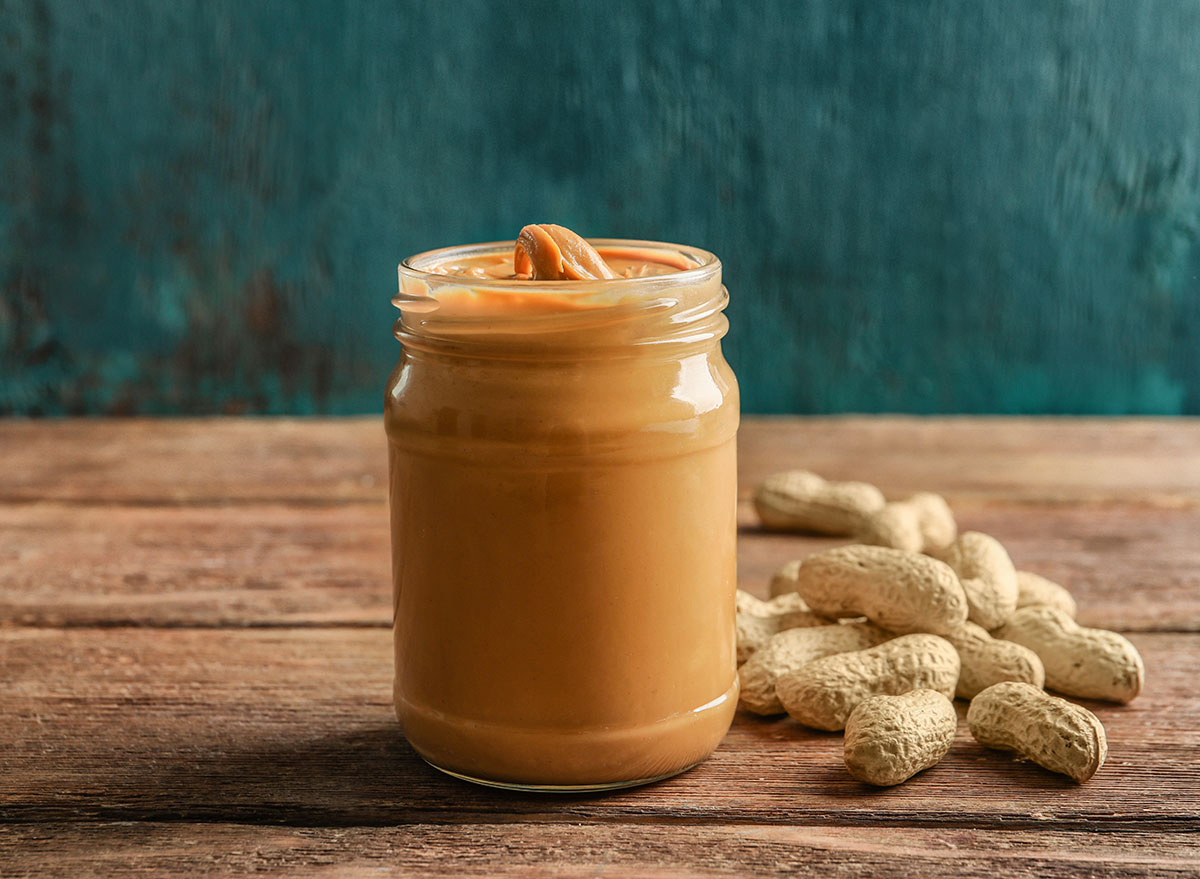
Don't get us wrong. We love peanut butter. And it can help you lose weight if eaten right. A study involving obese women at high risk for type 2 diabetes published in the British Journal of Nutrition found that eating peanut butter for breakfast can help control blood sugar throughout the day and significantly reduce the desire to eat for up to 12 hours. The nuts work by triggering the secretion of a hormone that promotes feelings of fullness, researchers say. But too much of a good thing can make you fat because, well, peanut butter is densely caloric. A two-tablespoon serving of peanut butter contains 188 calories and 3 grams of saturated fat. That's nearly a quarter of the American Heart Association's maximum 13-gram recommended daily intake of saturated fat for people eating 2,000 calories a day. Tip: use 1 tablespoon and you'll still get that peanut flavor.
Curious if Peanut Butter Is Healthy? We Review the Evidence.
Mangoes
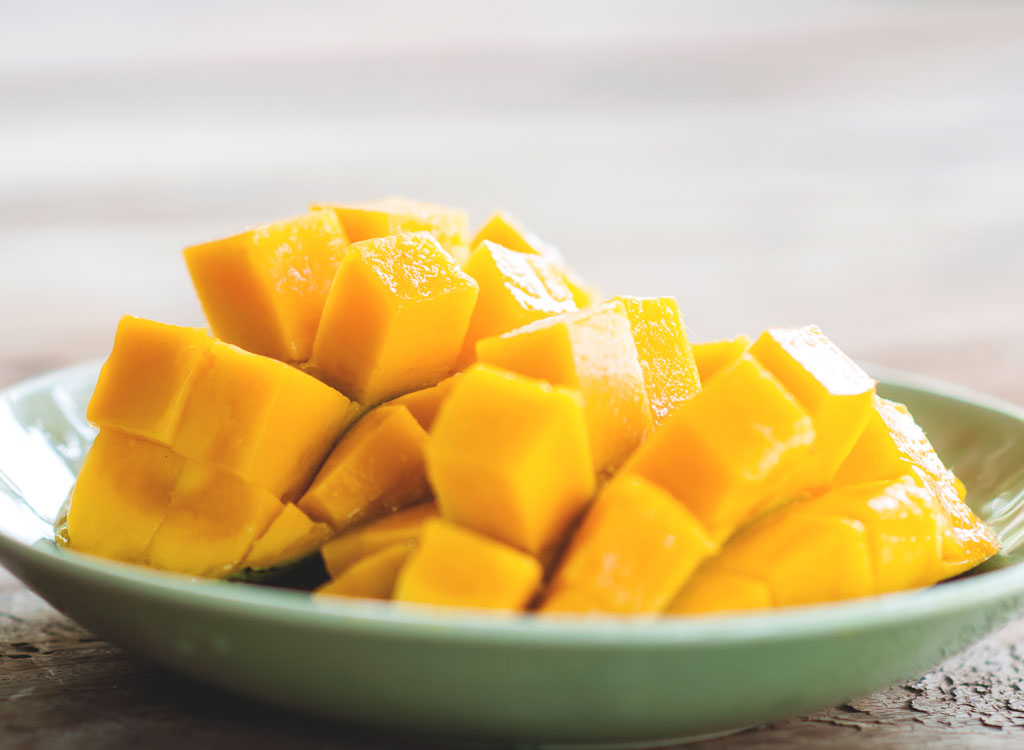
What's not to love about mangoes? This juicy South Asian treat is a delicious fresh fruit packed with antioxidant vitamins A and C. Slice some on a salad, but keep them out of your fitness smoothie, suggests trainer Brandon Nicholas, who runs weight-loss programs for www.TheFitnessTribe.com. "Mangoes contain a monstrous 18 grams of sugar per 100 grams," Nicholas says. "This fact contradicts the purpose of drinking smoothies to boost your fitness and weight-loss progress."
Avocados and Bananas
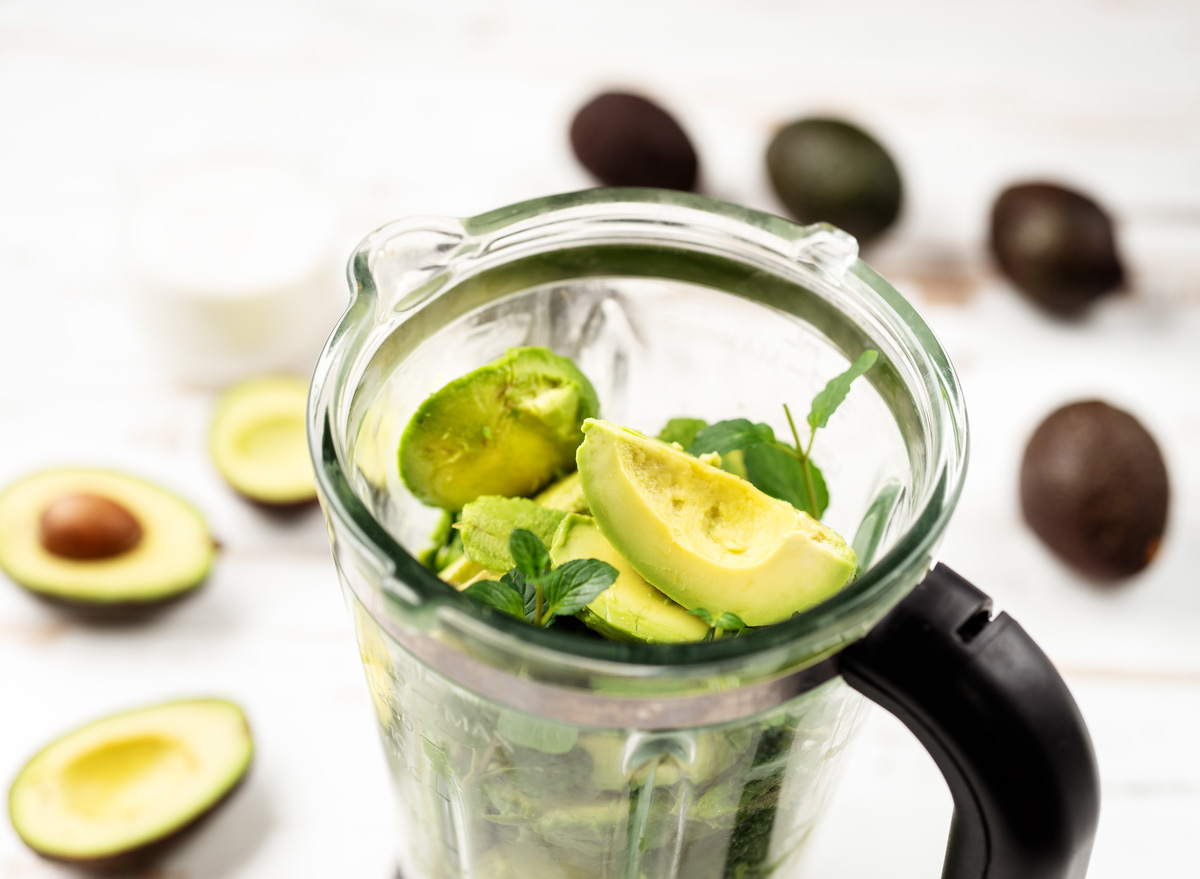
"Avocado is beautiful in a smoothie if you want it creamy, but you're starting at 300 calories," says White from DanaWhiteNutrition.com. Bananas are another smoothie staple that can quickly boost calorie content. "Nuts are calorie dense, too, but lend a nice texture and healthy fats," says White. "So, be conservative with healthy ingredients. You can always add more, but once they're in there, you can't take them out."
Instead, portion out your avocado or banana. Use half of the banana in your smoothie, or only one serving of an avocado—which is about 1/3 of the avocado total.
For some more useful tips on beverages for losing weight, click here for The 14 Best Drinks to Drive Weight Loss, According to Experts.
Sweetened Canned Fruit and Frozen Fruit
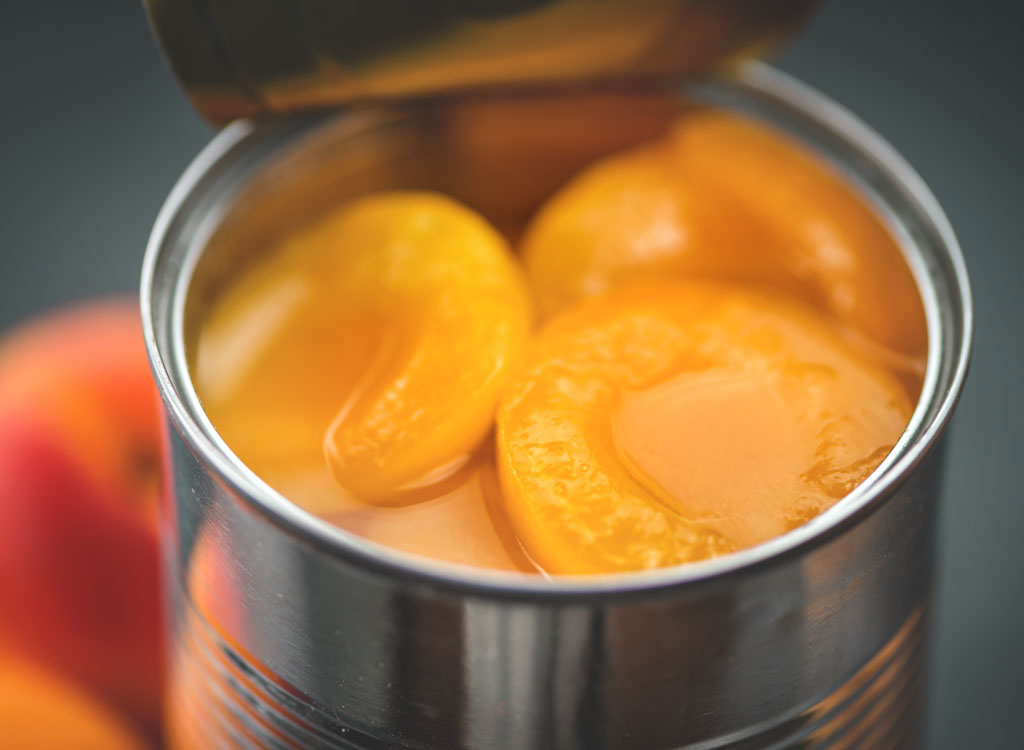
"The majority of calories and sugar in smoothies come through canned or frozen fruit, which has been packaged in syrup," says nutritionist Lisa Richards, author of a book on a low-sugar, anti-inflammatory diet called The Candida Diet. "Regardless of how it is packaged, fruit can add up quickly in smoothies past the 2 to 3 servings a day that is recommended."
Take a cup of sweetened frozen blueberries, for example. One cup has about 30 grams of added sugars and 184 calories. The same cup of unsweetened frozen blueberries is just 13 grams of natural sugars and 79 calories.
Coconut Milk
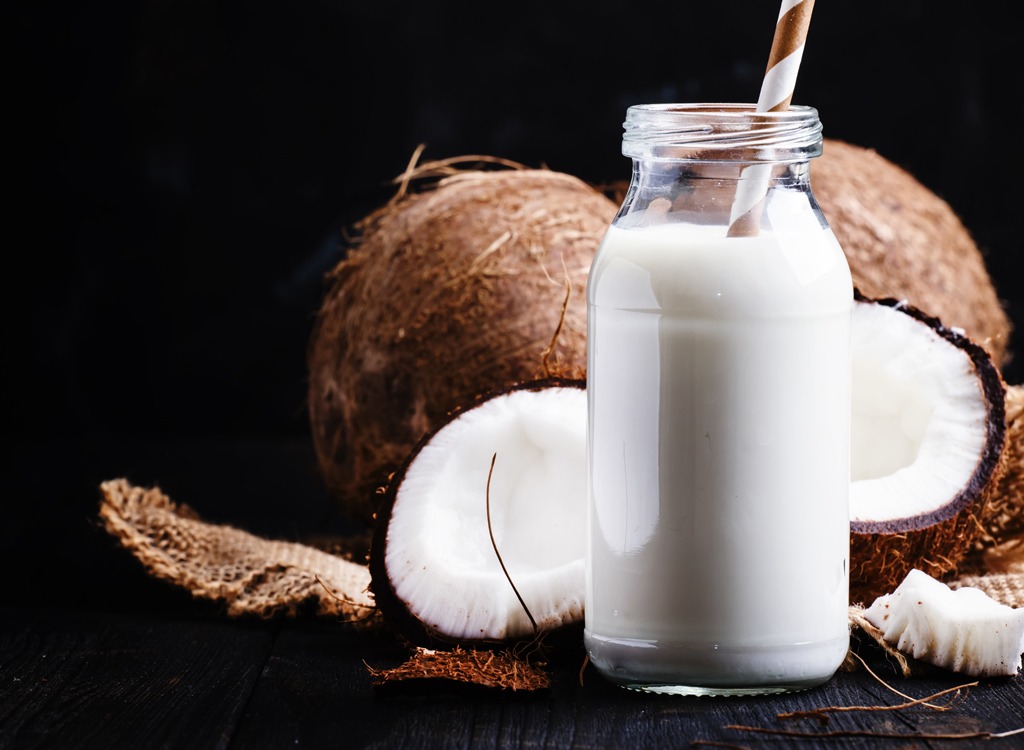
Use caution when adding coconut milk or oil to a smoothie, warns Hultin. "Those saturated fat calories add up quickly and can easily exceed your daily intake in even a small serving." Coconut water is a better option, offers White. "Unsweetened, it has moderate calories, a nice electrolyte composition, and a ton of potassium."
If you're looking for even more healthy eating tips, be sure to sign up for our newsletter.
Flavored Non-Fat Yogurt

Sure, yogurt adds high-quality protein and calcium to your smoothie as well as some probiotics. However, when manufacturers take the fat out of yogurt, they replace it with added sugars and other fillers. "Flavored yogurts are loaded with as much as 10 grams of added sugars in just a small 6-ounce cup; that's just empty calories in your smoothie," says nutrition coach Ashlee Van Buskirk, owner of Denver-based Whole Intent. Van Buskirk recommends 2% unflavored yogurt for smoothies "for a nice boost of protein."
Extra Sweeteners
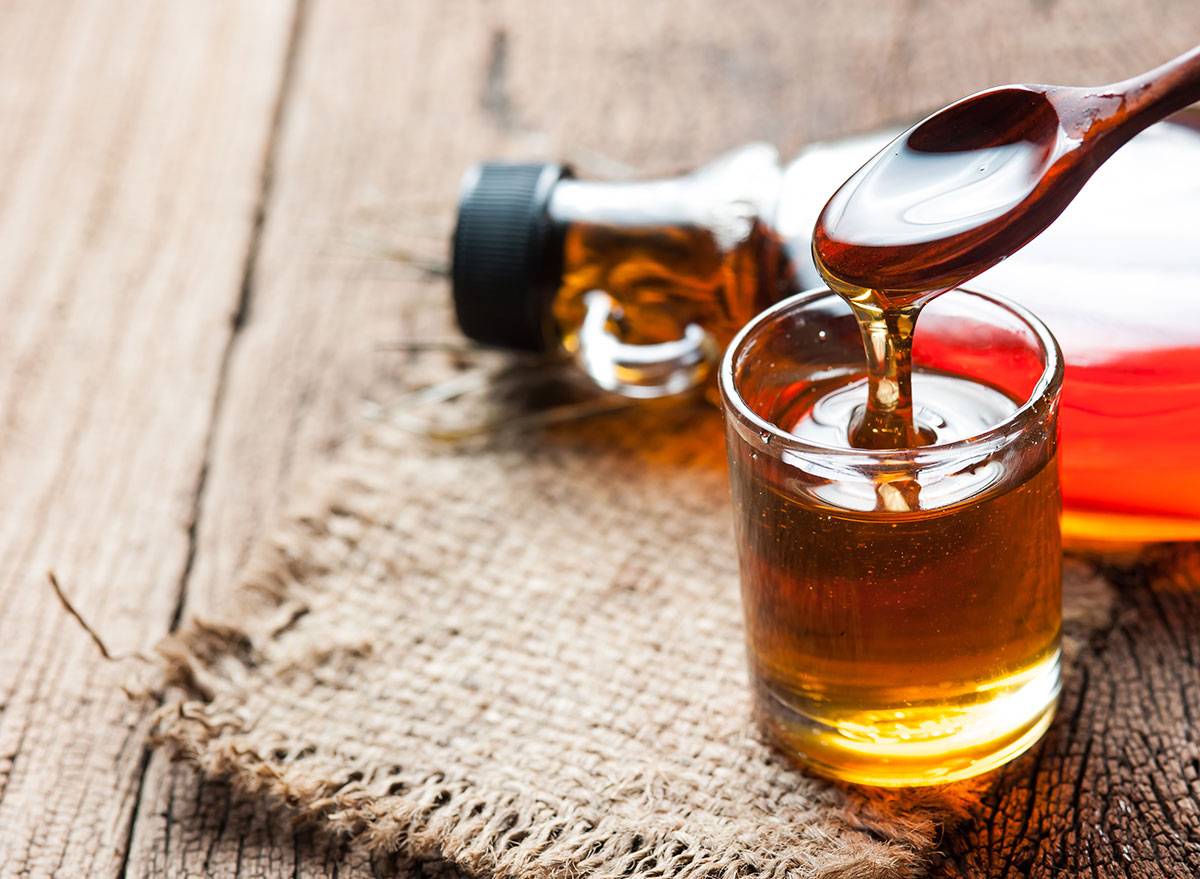
Ask yourself, do you really need to squeeze honey or maple syrup into your smoothie? A tablespoon will add more than 60 calories. Sweeten with some whole fruit.
"It'll add the same level of sweetness you're looking for," says Van Buskirk.
And watch out for orange juice. "While nutrient-rich OJ can be a good addition to your smoothie, it shouldn't make up a big bulk of your liquid content," says Van Buskirk. Cut it with water.
A Triple Shot of Protein
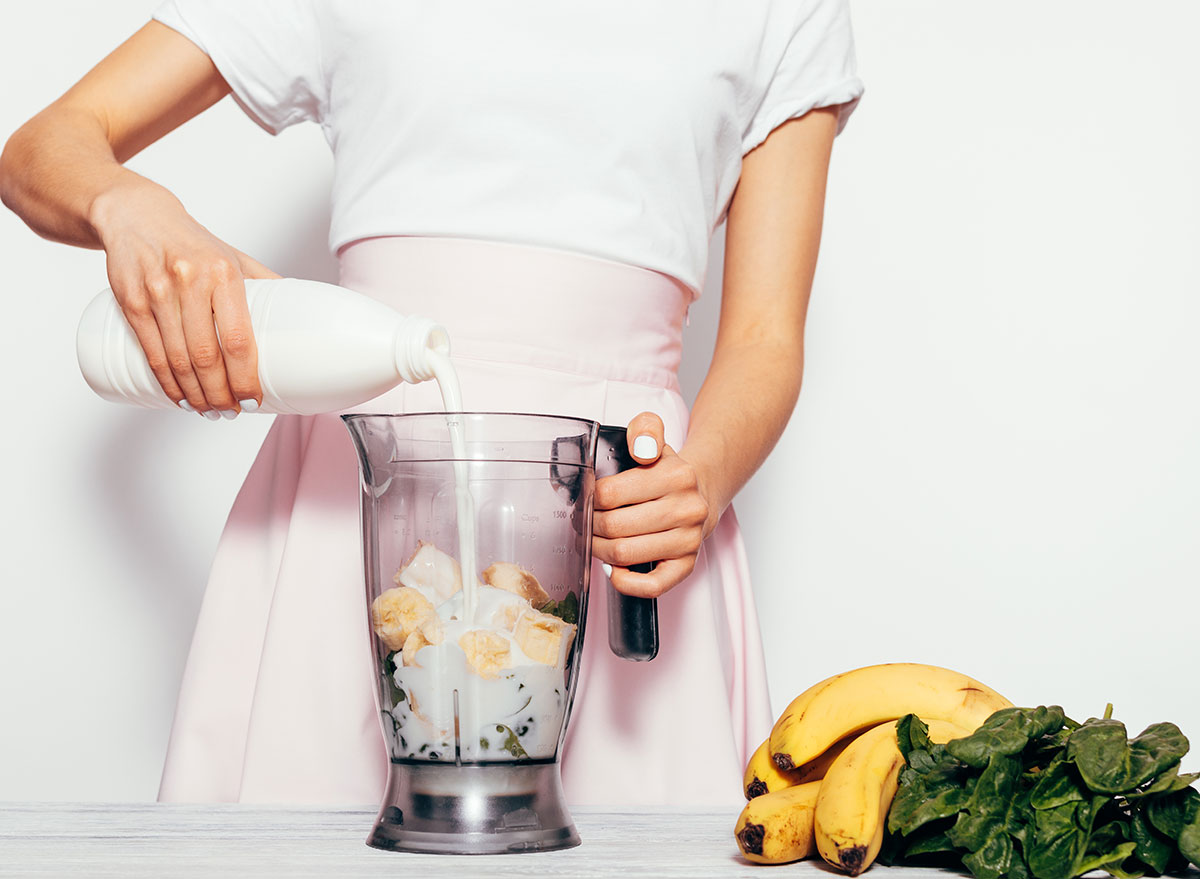
We don't have to convince you that protein can be a terrific muscle-building, satiating tool to use when trying to lose weight. But you can over-do it; many smoothie makers use milk, yogurt, and protein powder in their concoctions without considering the total grams of protein they are about to consume in one sitting. Check nutrition labels and add up grams before you dump. Anything over about 25 grams of protein may work against you. A study in the International Journal of Sports Nutrition and Exercise Metabolism found that 10 grams of essential amino acids (about 25 grams of a complete protein) is all you need to stimulate protein synthesis.
"Contrary to all the hype that everyone needs more protein, most Americans get twice as much as they need," says Kristi Wempen, RD, a nutritionist with the Mayo Clinic Health System. "The body can't store protein, so once needs are met, any extra is used for energy or stored as fat," adds Wempen.
Ice Cream, Sorbet and Frozen Yogurt
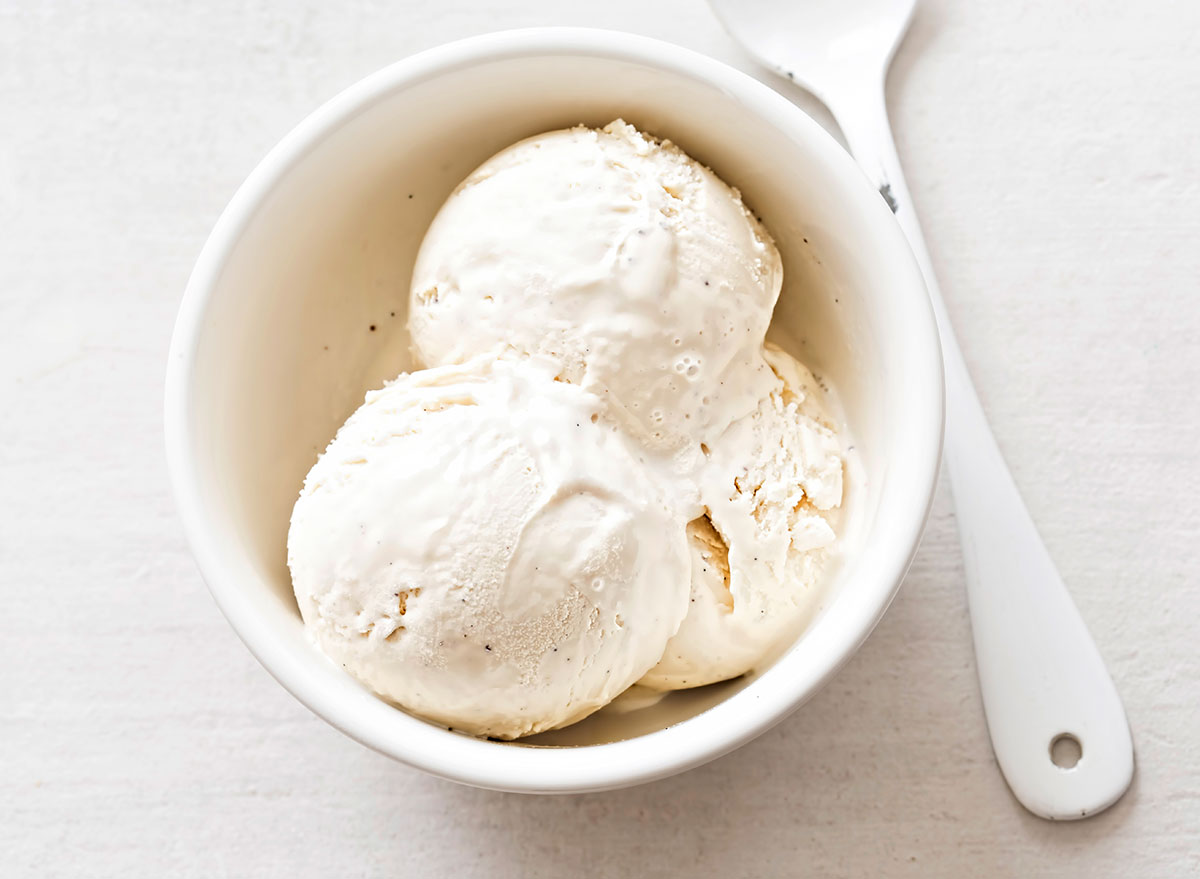
You're just adding sugar when you add frozen treats to your smoothie. Remember why you are having a smoothie—as a meal replacement or low-calorie snack for weight loss.
"Ice cream makes beautiful smoothies, but not for breakfast," says White, acknowledging that a lot of people use ice cream in "healthy" smoothies.
Another add-in that'll make you gain weight: chocolate chips, which are high in sugar. Use cocoa powder instead, suggests White. "You'll get more antioxidants by volume and really robust chocolate flavor."
Protein Powders
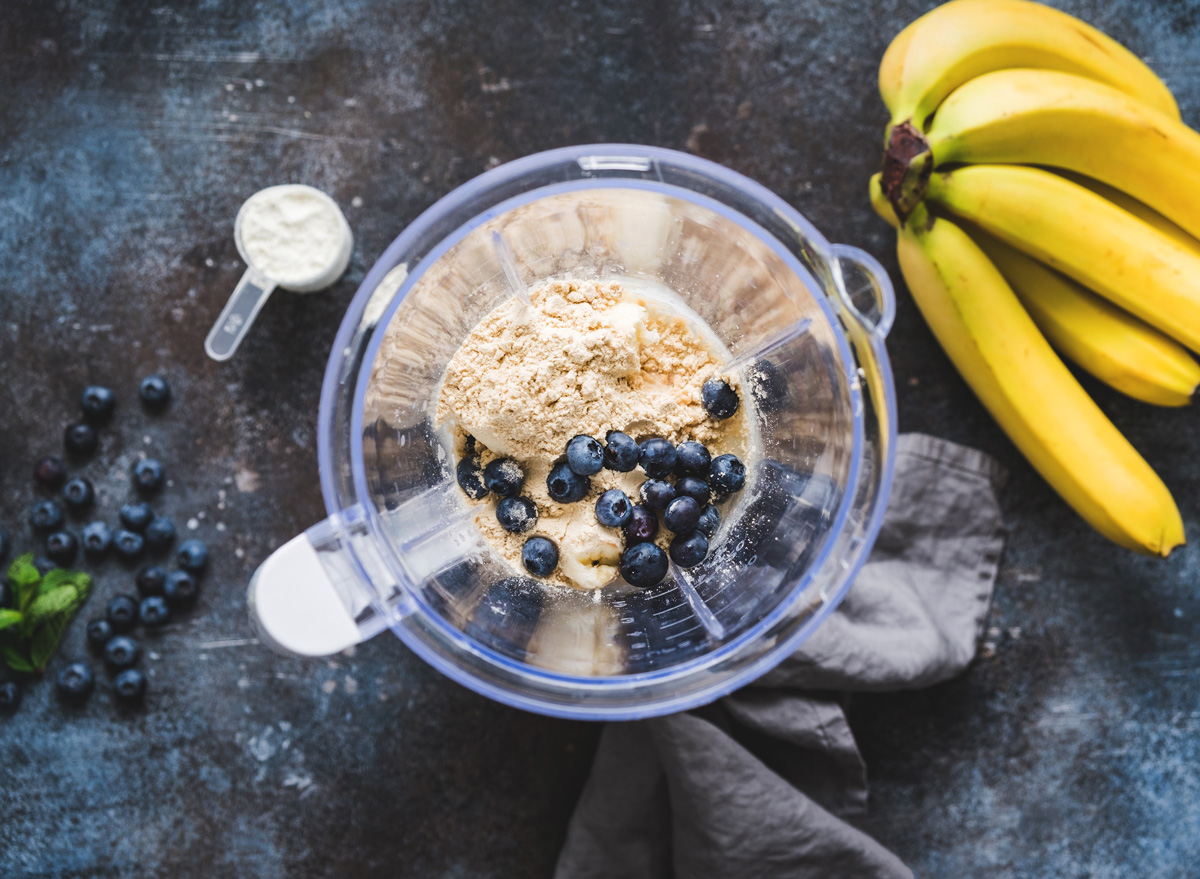
"Some individuals use protein powder as a meal replacement; while this is common most protein powders do not contain other vital nutrients required in a balanced meal," says Trista Best, a registered dietitian at BalanceOne.com. "Anyone living with kidney disease should speak with their healthcare provider before adding protein powders to their diet."
Also, many low-quality protein powders contain additives and may contain impurities and contaminants because dietary supplements do not undergo the same regulations that govern prescription drugs and over-the-counter medications. Finally, many protein powders are sweetened with added sugars, adding an influx of extra calories that may cause unintended weight gain.
All-in-all, look for ingredients that aren't packed with added sugars and make sure to portion out the fatty foods and fruits you add to your smoothie. If you need some smoothie inspiration, check out our list of 27 Best Immune-Boosting Smoothie Recipes.
